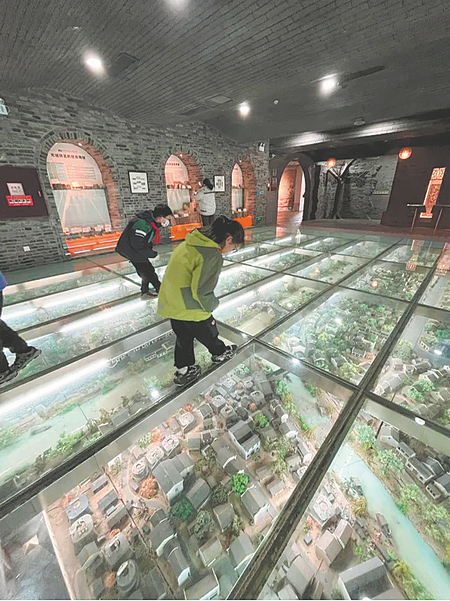Flowing across time
By LI YINGXUE | China Daily | Updated: 2024-05-11 10:04

"We use the museum's space and collection to create theatrical settings with immersive performances. We even invite audiences to observe play rehearsals while better interacting with the relics," Wen says.
Wen also mentions collaborations with other industrial heritage sites along the canal, including the introduction of two "city walk" routes themed around industrial heritage last year.
He says that Wuxi's evolution from a modest county town to a bustling modern commercial center is indebted to its vibrant industrial and commercial legacy. Many businesses along the canal, including the flour mill, silk factory and cotton mill, owe their existence and prosperity to this past.
"The industrial heritage sites feature unique architecture. They're often designed by renowned architects and blend history with a vibrant cultural atmosphere," Wen says.
Wuxi's ancient canal dates back over 3,200 years and became part of the Beijing-Hangzhou Grand Canal during the Sui and Tang dynasties (581-907), according to Yang Jianmin, secretary-general of the Wuxi Cultural Heritage Conservation Foundation.
























